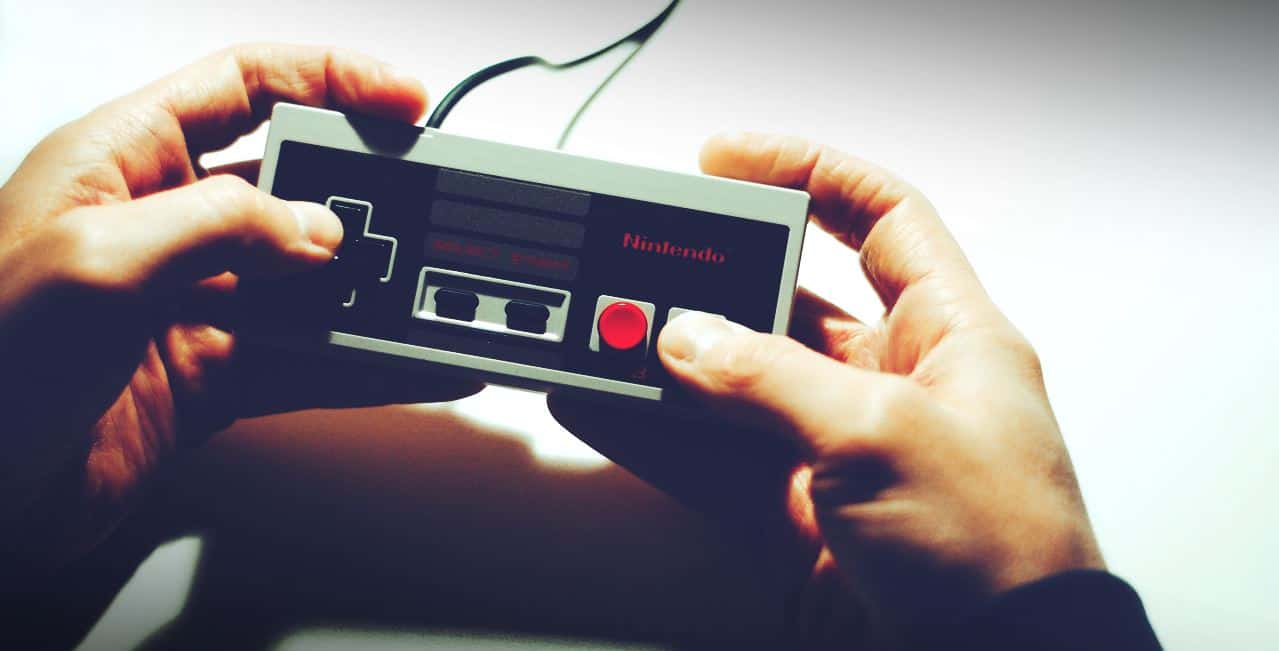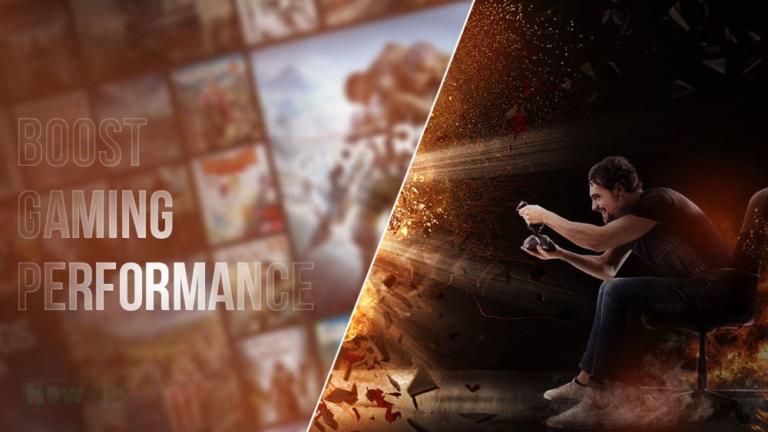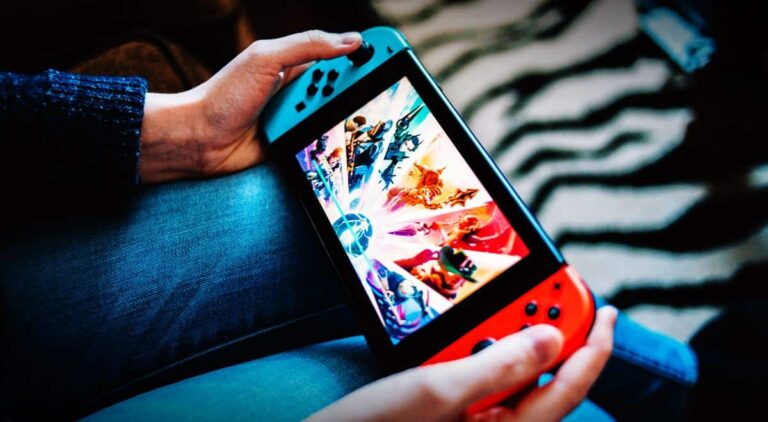Today, Nintendo is a household name known for everything from the Mario, Zelda, and Metroid franchises to the many generations of game consoles that they have run on. But Nintendo’s success didn’t come overnight. Despite being known for its innovation in the realm of digital games, Nintendo was founded way back in 1889. Now, you may be wondering how a video games company had its origins in the 19th century… Well, let’s find out.
The Early Years
Founded in Kyoto, Japan, on September 23, 1889, Nintendo originally went by the name Nintendo Koppai. Originally, they produced traditional Japanese playing cards, known as Hanafuda cards, used by people the country over to play a variety of games. The company became known for its intricate card designs and grew slowly over time. But it wasn’t until the mid-20th century that they started branching out into other industries—including toys and love hotels. Yeah… I wasn’t expecting that combo, either.
Everything changed in the 1970s when Nintendo began to explore the video game market. They began by producing their own small electronic gaming handhelds known as the “Game & Watch,” which first hit the market in 1980. These small handhelds feature LCD screens for people to play electronic games on the go. With these gaming handhelds as their first foray into video gaming, it’s no wonder that the company has been a market leader in portable gaming since.
Console Revolution
Riding off the success of the “Game & Watch,” Nintendo began development on a larger, more powerful console—particularly targeted at the North American market, which was hungry for at-home devices. In 1985, they released their most game-changing console—the Nintendo Entertainment System (or NES). Its most popular game, Super Mario Bros., became an instant hit, solidifying the console as a must-buy for gaming enthusiasts.
It’s worth noting that this period of the 1980s was particularly poor for American gaming, which had just experienced the landmark video game crash of 1983. Making the NES one of the few pioneers in a tough era for gaming.
Riding this success, Nintendo continued pioneering new, ever more powerful devices. The Game Boy became the quintessential portable device—until the release of the Nintendo DS over a decade later. Meanwhile, the Nintendo64 introduced many to their first immersive 3D worlds, despite not being as big of a commercial success as its predecessors.
By this point, Nintendo had solidified its position at the forefront of both portable and console gaming while dodging the fallout of the American video game crash of the 1980s. This propelled them to make more games and more powerful devices. It was only a matter of time for many of their largest franchises to find their origins—with The Legend of Zelda, Mario, and many other legendary franchises becoming Nintendo exclusives over this period.
New Evolutions
By the middle of the 1990s, Nintendo had two options: sit into its successes or continue innovating. They chose the latter.
First came the release of what would become a global sensation: Pokémon. In 1996, Nintendo unleashed Pokémon Red and Green on the Japanese public—and they could not have predicted the response. The series became an absolute hit, with its appeal quickly spreading far beyond Japan, in turn spawning many sequels, spin-offs, and endless merchandise.
Second came the continued innovation of new consoles, formats, and styles of gameplay. 2001 saw the release of the GameCube, the spiritual successor to the N64, which would rival the PlayStation and Xbox, which dominated the console market at the time. 2004 saw the release of the Nintendo DS, which would become the new market-leading handheld games console until the release of the Nintendo Switch, again, over a decade later. And 2006 saw the release of the Nintendo Wii, which quickly became the best-selling games console of all time due to the widespread appeal of its novel movement-based gameplay.
Switching Things Up
While Nintendo remained relatively quiet in the decade following the Wii’s release in 2006 (remember the Wii-U…? Me neither), they came back with a bang in 2017 with the release of the Nintendo Switch—a console that successfully consolidated all of their successes as a producer of gaming hardware. The Switch provided a new, never before seen formula: a portable handheld that could be used just like a home console. Better yet, it had the power to run cutting-edge titles.
The Switch would gain unprecedented levels of acclaim with the release of one little game titled The Legend of Zelda: Breath of the Wild—a title which would be lorded by many as the greatest game ever made.
Since then, the Switch has also received many popular game ports, from indie gems to huge titles like Minecraft. Speaking of which, if you’re looking to kick-start your Minecraft experience, you can buy Minecraft Hypixel coins here!
From Traditional Playing Cards to Global Gaming Innovators
As we have seen, since Nintendo turned to digital games, it has slowly but surely proven itself as one of the greatest producers of both video games and video game hardware.
Today, Nintendo continues to evolve. We are sure to see many more innovative innovations of their key franchises as well as new consoles—or even entirely new ways of playing games. We can’t forget that Nintendo was one of the early pioneers in VR Gaming, although their original attempt with the Virtual Boy went down in history as one of gaming’s greatest flops.
Regardless, Nintendo is one of the world’s biggest and most well-respected gaming companies. As such, there is sure lots more innovation to come from this gem of a company.








